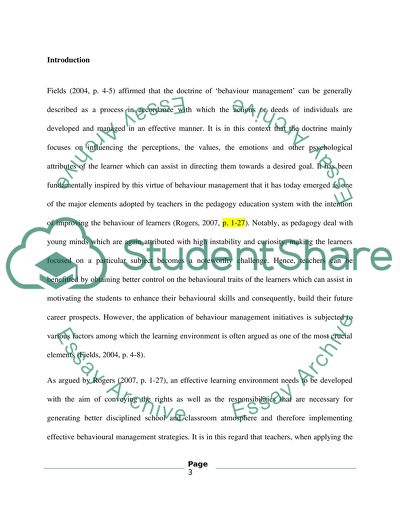Cite this document
(“The effects of Behaviour Management on Teaching and Learning in Essay”, n.d.)
The effects of Behaviour Management on Teaching and Learning in Essay. Retrieved from https://studentshare.org/education/1480332-the-effects-of-behaviour-management-on-teaching
The effects of Behaviour Management on Teaching and Learning in Essay. Retrieved from https://studentshare.org/education/1480332-the-effects-of-behaviour-management-on-teaching
(The Effects of Behaviour Management on Teaching and Learning in Essay)
The Effects of Behaviour Management on Teaching and Learning in Essay. https://studentshare.org/education/1480332-the-effects-of-behaviour-management-on-teaching.
The Effects of Behaviour Management on Teaching and Learning in Essay. https://studentshare.org/education/1480332-the-effects-of-behaviour-management-on-teaching.
“The Effects of Behaviour Management on Teaching and Learning in Essay”, n.d. https://studentshare.org/education/1480332-the-effects-of-behaviour-management-on-teaching.


